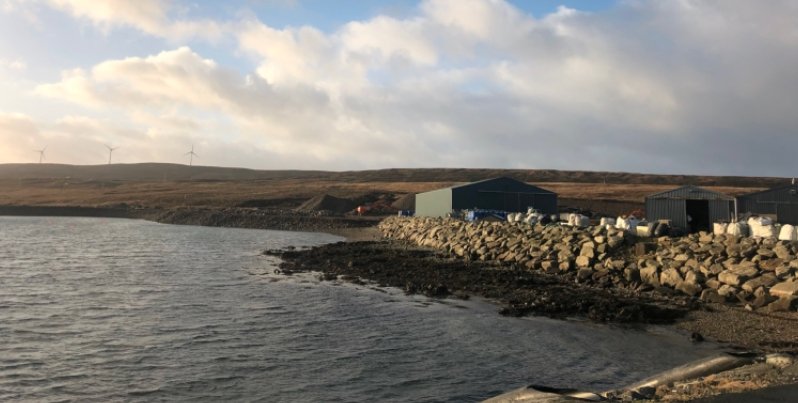Scotland’s marine energy sector is drawing fresh attention after a new report revealed its potential to generate nearly $10 billion for the economy by 2050. The study, commissioned by Highlands and Islands Enterprise (HIE) and Scottish Enterprise, forecasts a bright future for wave and tidal power, with the potential to create over 15,000 direct jobs and drive significant investment into coastal communities.
Study Highlights Scotland’s Marine Energy Advantage
The report, conducted by the University of Edinburgh’s Policy and Innovation Group, presents a scenario where Scotland could develop up to 8.8 gigawatts (GW) of marine energy capacity by 2050. Across the UK, this figure could reach 12.6 GW, with a global market opportunity of up to 300 GW.
Industry leaders are optimistic. HIE Chief Executive Stuart Black stressed the significance of quantifying Scotland’s marine energy potential, reinforcing the region’s reputation as a leader in renewable energy development. “We’ve known for some time that the economic potential of marine energy for our economy is huge, and it’s great to have this quantified in a meaningful way,” Black said.

Scotland’s Leadership in Wave and Tidal Energy
Scotland has long been at the forefront of renewable energy innovation. The nation benefits from:
- Vast natural resources ideal for marine energy development
- Established expertise in offshore renewables
- Continued public sector support for the industry
Cameron McNatt, Managing Director of Mocean Energy, pointed out that Scotland is already leading in wave and tidal technology. He emphasized the importance of maximizing the economic, community, and environmental benefits highlighted in the report.
Industry and Government Response
Scottish Renewables, a leading voice in the industry, sees the report as a wake-up call for investors. “The energy contained in Scotland’s seas is a vast and relatively untapped resource,” said Maggie Olson-Jow, Policy Manager for Offshore and New Technologies. She believes the study underscores the financial and environmental promise of wave and tidal energy, urging policymakers to act.
The UK Parliament recently debated the future of marine energy, with Members of Parliament calling for increased government funding and policy support. The discussion reinforced the need for targeted investment to maintain the UK’s leadership in this emerging sector.
Projected Economic and Employment Impact
The report estimates that marine energy development in Scotland could support over 62,000 jobs by mid-century. These roles include 15,600 within the UK and an additional 46,000 linked to export opportunities.
| Sector | Projected Jobs by 2050 |
|---|---|
| UK Marine Energy | 15,600 |
| Export-Linked Roles | 46,000 |
| Total | 62,000 |
The prospect of such economic expansion has industry advocates pushing for policies that will accelerate the commercialization of marine energy technologies.
Future Outlook
The growing interest in wave and tidal energy reflects a broader shift towards cleaner, more sustainable power solutions. As investors and policymakers weigh their next moves, Scotland’s marine energy potential remains a key opportunity in the race for net-zero emissions.
The industry now looks to both the Scottish and UK governments for long-term funding commitments. With the right support, marine energy could become a cornerstone of the nation’s clean energy strategy, driving job creation and technological innovation for decades to come.


















